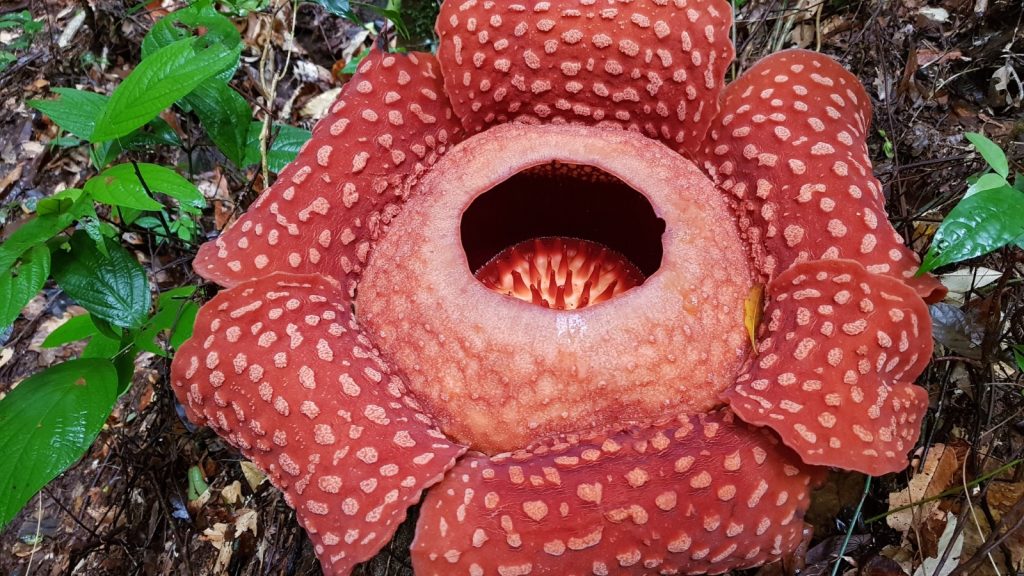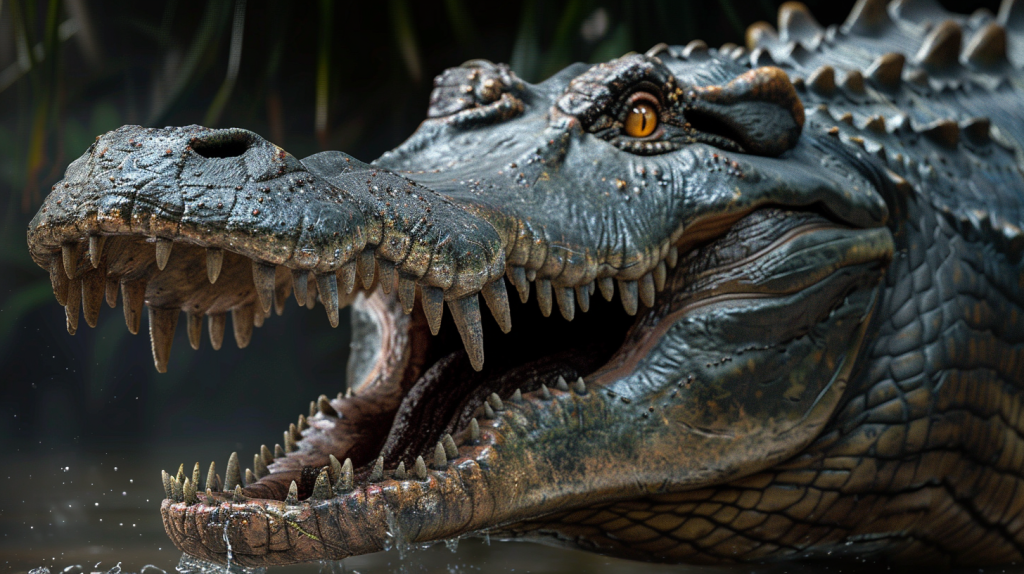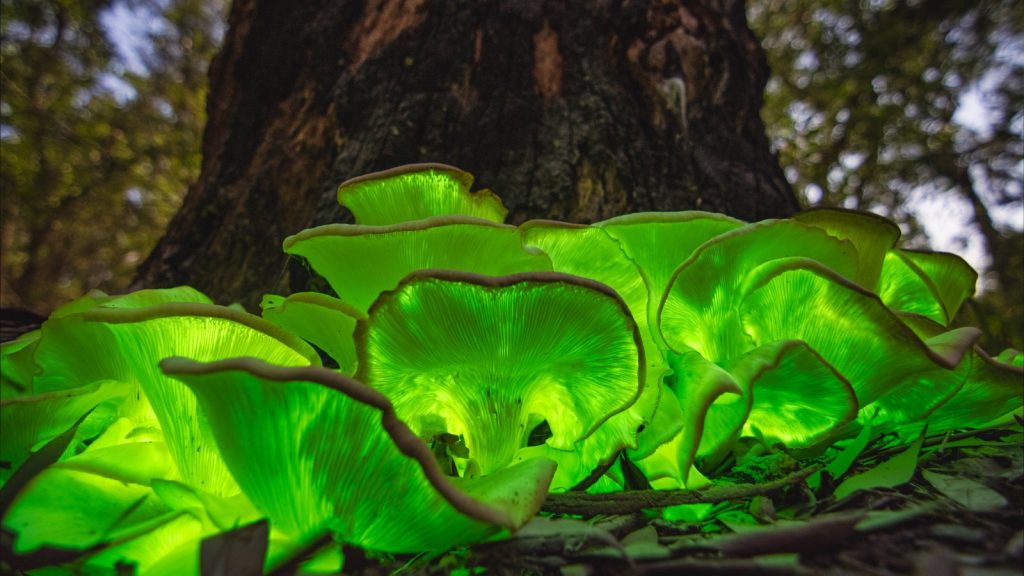Sometimes, nature feels more like the work of a wildly imaginative artist than anything rooted in reality. There are plants out there that seem plucked from the pages of a science fiction novel or a blockbuster movie. Some glow eerily in the dark, others “eat” insects, and a few even move like animals. It’s proof that our planet is far stranger and more wonderful than we often realize. These plants challenge what we think we know about life on Earth, and they’re a reminder that there’s so much more to explore. So, here’s a list of 10 truly bizarre plants that feel like they belong on another planet.
Venus Flytrap: The Iconic Carnivorous Plant

The Venus flytrap is a plant with a jaw-like design that snaps shut when triggered by prey. Native to North and South Carolina, this carnivorous plant survives by capturing and digesting insects. Its “mouths” are actually modified leaves that respond to the slightest touch. It almost feels alive in a way that plants usually don’t, making it a true natural wonder.
Corpse Flower: A Bloom That Smells Like Death

The corpse flower, or Amorphophallus titanum, is infamous for its revolting odor that mimics rotting flesh. This smell attracts carrion beetles and flies for pollination. Native to the rainforests of Sumatra, it can grow over 10 feet tall and blooms only once every several years. Its massive, alien-like appearance is just as dramatic as its stench.
Rafflesia: The World’s Largest Flower

Rafflesia is another giant bloom that’s downright otherworldly. Found in the rainforests of Southeast Asia, this parasitic plant grows directly on the roots of trees. It produces flowers up to three feet across, and yes, it also smells like decay to attract pollinators. Despite its size, it has no leaves, stems, or roots of its own.
Dragon’s Blood Tree: A Natural Umbrella That Bleeds

Native to Socotra, an island off Yemen, the dragon’s blood tree looks like an umbrella flipped upside down. Its sap is a deep red, earning its name and a mystical reputation. This tree thrives in arid conditions and has been used for centuries for medicine and dye. Its striking silhouette is both functional and surreal.
Lithops: The Living Stones

Lithops are small plants from southern Africa that resemble smooth pebbles. These “living stones” have evolved to blend into their environment to avoid predators. They only grow above the soil surface when flowering, revealing colorful blooms that contrast with their camouflaged bodies. It’s hard to believe they’re even alive until they sprout.
Hydnora Africana: A Parasitic Plant That Looks Like a Trapdoor

This underground parasitic plant lives most of its life hidden, except for its fleshy, trap-like flower. Native to southern Africa, it feeds on the roots of other plants. Its flower emits a foul odor to attract beetles, which get temporarily trapped inside to aid in pollination. It’s both creepy and fascinating.
Welwitschia: The Plant That Never Stops Growing

Welwitschia, found in the Namib Desert, is often called a “living fossil.” It has only two leaves that continuously grow throughout its life, which can span over 1,000 years. Despite its harsh environment, it thrives by absorbing water from fog that rolls in from the Atlantic Ocean. It looks like a tangled mass of ribbons from another era.
Sensitive Plant: A Shy Mimosa That Moves

The sensitive plant, or Mimosa pudica, is famous for its ability to fold its leaves when touched. This rapid movement is thought to deter predators. Native to Central and South America, it has become a favorite for plant enthusiasts worldwide. Watching its leaves fold and reopen feels like watching a plant come alive.
Ghost Orchid: A Flower That Seems to Float

The ghost orchid is an ethereal, delicate plant found in Florida and the Caribbean. It appears to float because its roots cling tightly to trees, and the stem is barely visible. This rare orchid only blooms under specific conditions, making sightings incredibly special. Its otherworldly appearance adds to its mystique.
Bioluminescent Fungi: The Plants That Glow in the Dark

Okay, these aren’t technically plants, but glowing fungi deserve a mention. Found in tropical forests, these mushrooms emit a soft, green light in complete darkness. The glow comes from a chemical reaction called bioluminescence, possibly to attract insects for spore dispersal. It feels like stepping into a glowing, enchanted forest.
12 Facts About the Adder, Britain’s Only Venomous Snake

The adder, also known as the common viper, is Britain’s only venomous snake. While these fascinating creatures are often feared, they play an important role in the country’s ecosystems. Here are 12 scintillating facts about adders that will help you appreciate these misunderstood reptiles.
Read More: 12 Facts About the Adder, Britain’s Only Venomous Snake
What Meg Got Wrong About Megalodons and 27 Other Fascinating Facts About These Colossal Prehistoric Sharks

The megalodon, a massive predator that once ruled the seas, has been extinct for millions of years. Its scientific name, Otodus megalodon, means “giant tooth,” reflecting the enormous size of its teeth, which are far larger than those of today’s great white sharks. The discovery of these teeth has given us valuable information about the megalodon’s life and extinction.
17 Monstrous Facts About Sarcosuchus – The Giant Croc That Hunted T-Rex

Sarcosuchus, often referred to as the “super croc,” was one of the largest and most formidable reptiles to ever roam the Earth. With a length of up to 40 feet and a weight exceeding 8 tons, this colossal predator dwarfed modern crocodiles and lived during the early Cretaceous period, primarily in areas that are now Africa and South America.
Read More: 17 Monstrous Facts About Sarcosuchus – The Giant Croc That Hunted T-Rex
Ellen has been obsessed with logic puzzles, jigsaws, and cryptograms since she was a kid. After learning she was taught how to play chess wrong by a family friend (so they could win), she joined her school chess club and the rest is history.


